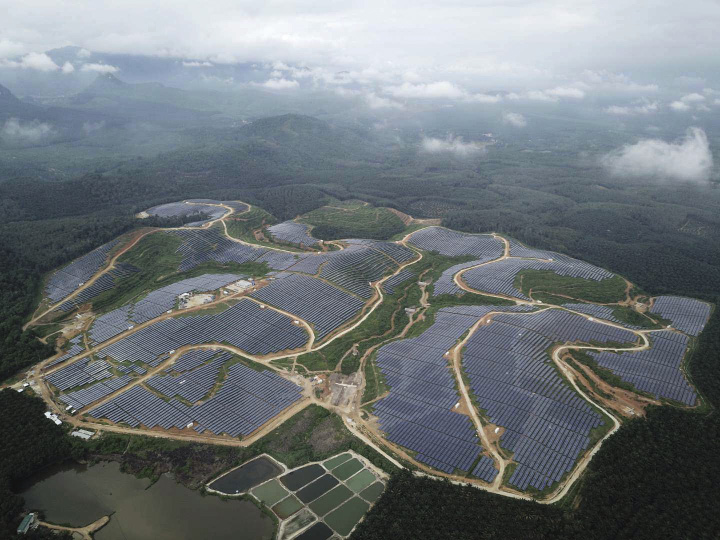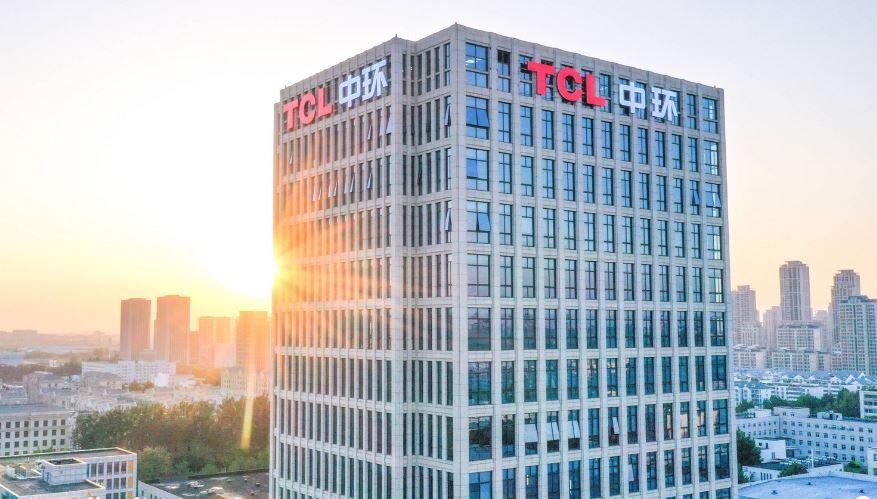Technology company and inverter maker Huawei announced on Monday the creation of Huawei Digital Energy Technology, which will operate in the renewables and e-mobility segments. The initial investment in the new company is around RMB3 billion (US$469 million) – the highest sum allocated by the Chinese conglomerate to a subsidiary. The new unit's CEO will be group vice chairman Hu Houkun. Huawei said the new entity is part of its plan to offer a “zero-carbon” scenario for the world.
China's largest e-commerce company, JD.Com, has signed an agreement with wind power number one GoldWind to establish a renewables joint venture. The JV will focus on the development, construction, investment, and management of renewable energy and energy storage facilities, as well as electric vehicles (EVs) with small scale solar and EV charging facilities likely to be among the first business segments the unit will operate in.
State-owned manufacturer Luoyang Glass has pulled out of the co-operation agreement it had signed to acquire a controlling stake in Triumph Jinghua Glass Co Ltd in December, after the latter abandoned plans to enter the solar glass segment. Luoyang had announced the plan on December 30 but yesterday ended the arrangement after Triumph Glass Holding Co Ltd, the parent of Triumph Jinghua, confirmed neither its subsidiary nor itself would enter the PV glass market in competition with Luoyang. Triumph parent Triumph Technology Group is a controlling shareholder of Luoyang Glass.
Shenzhen-listed adhesives and chemicals supplier Huitian New Material on Friday announced a plan to invest RMB20 million into new production capacity for silicone sealant for PV module encapsulation. The investment will fund a production line with an annual production capacity of 30,000 metric tons this year at Huitian's fab in Shanghai. Huitian currently has 50,700 metric tons of annual capacity for silicone sealants plus 10,000 metric tons for double-components silicone sealants. The new production line will give the business enough capacity to produce sealant for 125 GW of solar modules.
The Energy Administration Bureau of Shandong province has released new guidelines for the latest five-year plan, in response to the 2060 decarbonization targets set by Beijing. According to the document, Shandong is planning to add 20 GW of hybrid solar, wind and storage capacity; 10 GW of renewables-supporting power supply base for external electricity; 10 GW of distributed solar in rural areas; 5 GW of small scale solar in peripheral urban areas; 10 GW of offshore wind; and 500 MW of biomass generation.
This content is protected by copyright and may not be reused. If you want to cooperate with us and would like to reuse some of our content, please contact: editors@pv-magazine.com.




By submitting this form you agree to pv magazine using your data for the purposes of publishing your comment.
Your personal data will only be disclosed or otherwise transmitted to third parties for the purposes of spam filtering or if this is necessary for technical maintenance of the website. Any other transfer to third parties will not take place unless this is justified on the basis of applicable data protection regulations or if pv magazine is legally obliged to do so.
You may revoke this consent at any time with effect for the future, in which case your personal data will be deleted immediately. Otherwise, your data will be deleted if pv magazine has processed your request or the purpose of data storage is fulfilled.
Further information on data privacy can be found in our Data Protection Policy.